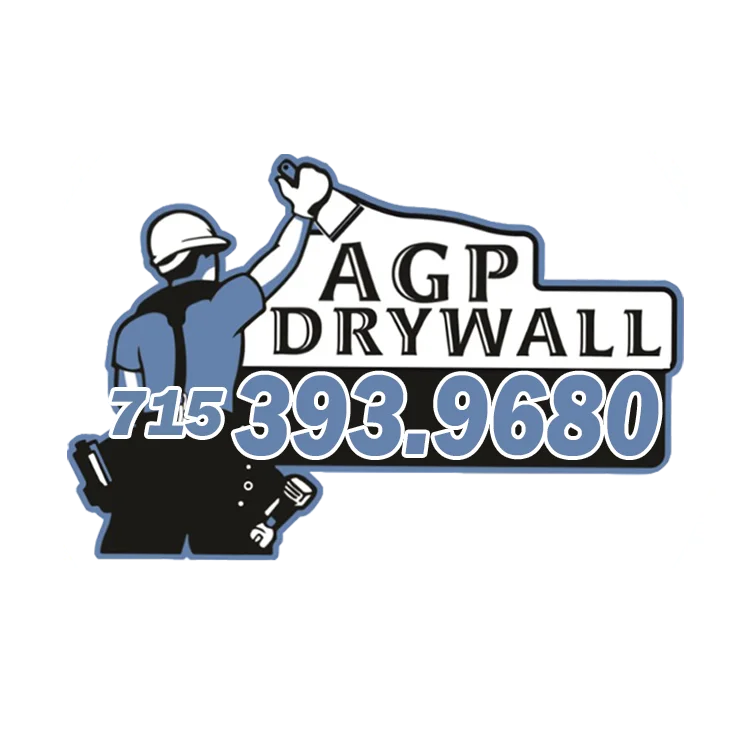When you walk into a finished home, office, or store, the walls set the stage. Drywall is the surface that transforms lumber, insulation, and wiring into a comfortable, finished space. Done right, it’s invisible — except for the clean finish and lasting quality it delivers. Done poorly, every seam, bump, and crack becomes a distraction. This guide walks you through the process from framing to final sanding — with the confident tone of a commercial TV spot and the practical detail of a professional manual.
Step 1: Prepare the Frame
Everything starts with the framing. Studs should be spaced at the standard 16 inches on center and checked for straightness. Any bows, twists, or uneven studs will reveal themselves once drywall is installed, so this inspection is essential. At this point, all electrical and plumbing runs should be complete and insulation installed. Think of the frame as your canvas — if it isn’t even, the final surface won’t be either.
Step 2: Measure and Cut Precisely
Drywall panels commonly come in 4×8 sheets, with larger sheets used for fewer seams. Accurate measuring and precise cutting are critical: a gap weakens the wall while a too-tight fit can cause unnecessary cracking. Professionals use utility knives, drywall squares, and sometimes power tools to cut openings for outlets, windows, and doorways. Every cut is an investment in the final look.
Step 3: Hang the Drywall
This is where the room begins to transform. Sheets are lifted — often with a drywall lift for ceilings — and secured to the studs with drywall screws. Fasteners should sit just below the paper without tearing it. Installers commonly hang sheets horizontally to reduce seam lengths and improve rigidity. Sheets are staggered like bricks to prevent long continuous seams that may result in cracking later.
Pro tip: Use a drywall lift for ceilings and two people for larger wall sheets to prevent droop and to sight seams accurately.
Step 4: Tape and Mud the Seams
The finish phase is where quality shows. Installers cover seams with drywall tape and apply joint compound (“mud”) in multiple coats — typically three. Each coat is feathered wider than the last, creating a smooth transition between sheets. Sanding between coats produces the flawless surface that makes paint or texture look professional. Rushing mud and tape work is the most common cause of visible flaws later on.
Step 5: Final Sanding and Finishes
After the final coat and sanding, the wall is primed and painted or textured. Installers often use angled light to inspect for any remaining imperfections. This final inspection catches what the eye might miss under normal lighting. The decision between a smooth finish or textured surface is aesthetic — but the drywall beneath must be sound to achieve either look.
Why Professional Installation Pays Off
DIY videos make drywall look simple, but expert installers deliver value you can’t fake. Properly installed drywall avoids cracks, nail pops, and uneven seams for years. Professionals also select the right products for the job — moisture-resistant drywall in bathrooms, fire-rated boards where needed, and proper fasteners and mud types for different conditions.
Beyond technique, pros have the tools and experience to complete the job faster and with less waste. That translates to lower risk, better finishes, and long-term savings.
From Frame to Finish — Call AGP Drywall
Drywall installation is more than hanging panels. It’s precision, patience, and craftsmanship. From initial framing checks to the last sanding pass, each stage builds toward the flawless walls that make your space feel finished and cared for.
If you’re in Wisconsin and want your drywall done right the first time, call AGP Drywall. Our team brings professional-grade tools, experienced installers, and a commitment to lasting finishes. Whether you’re finishing a home, renovating a business, or tackling a new build — AGP Drywall has your back.
Call AGP Drywall — WisconsinEmail Us
AGP Drywall — Quality that shows, service that lasts. For drywall installation across Wisconsin, call today and go From Frame to Finish.


 Blog
Blog